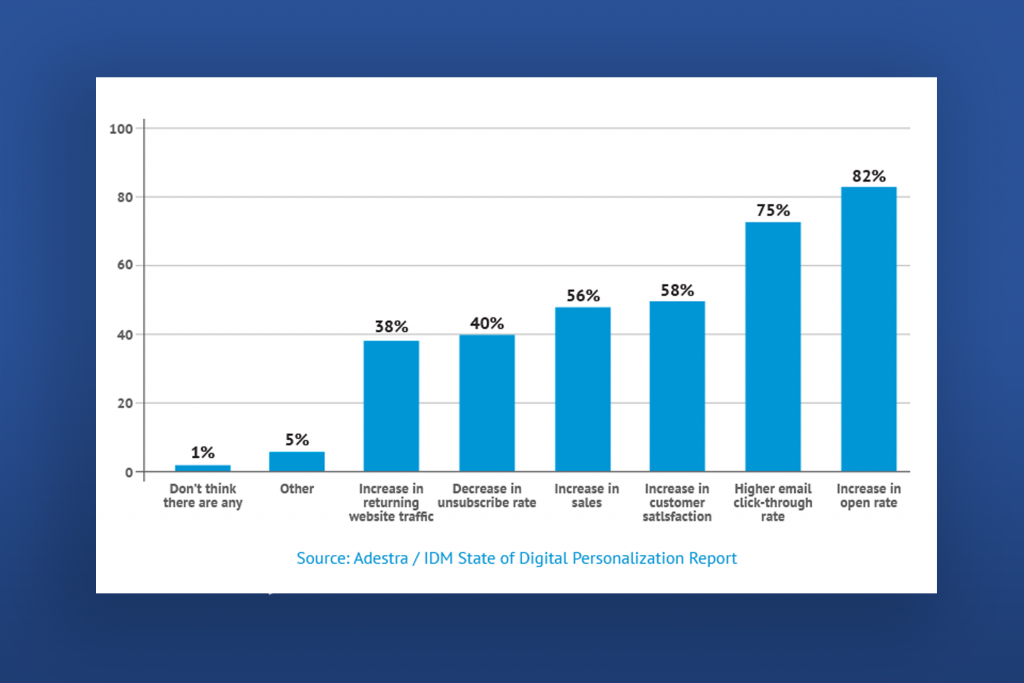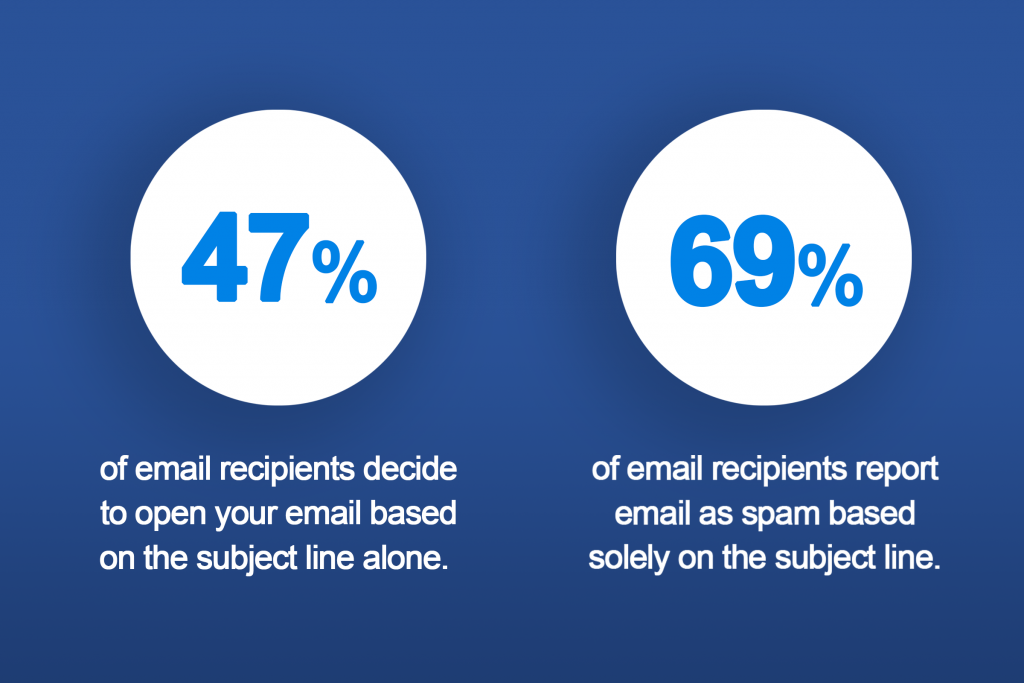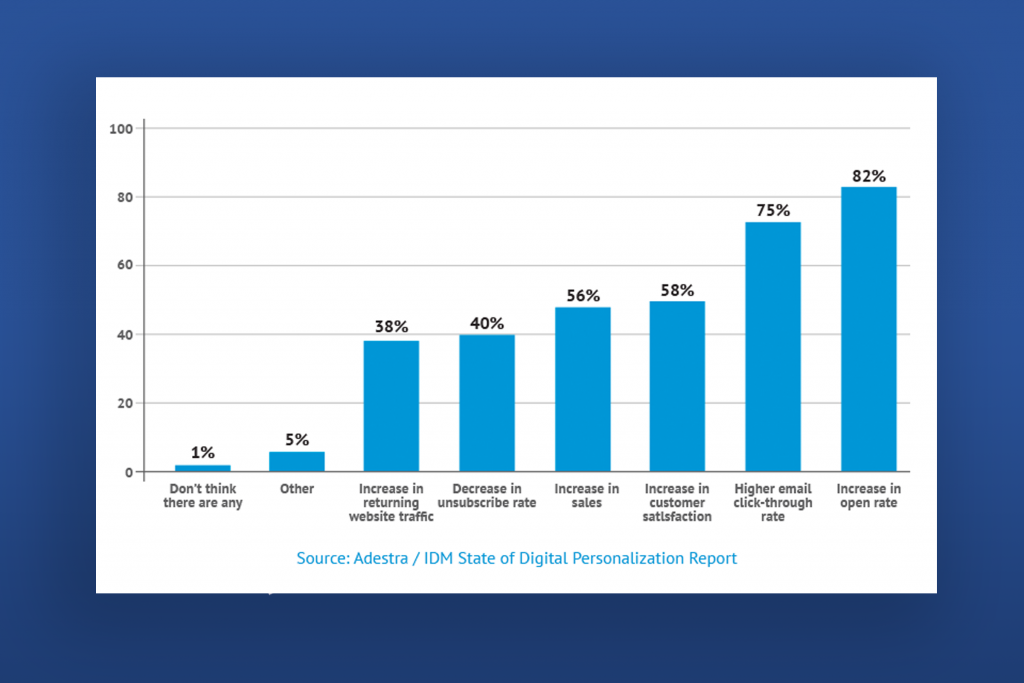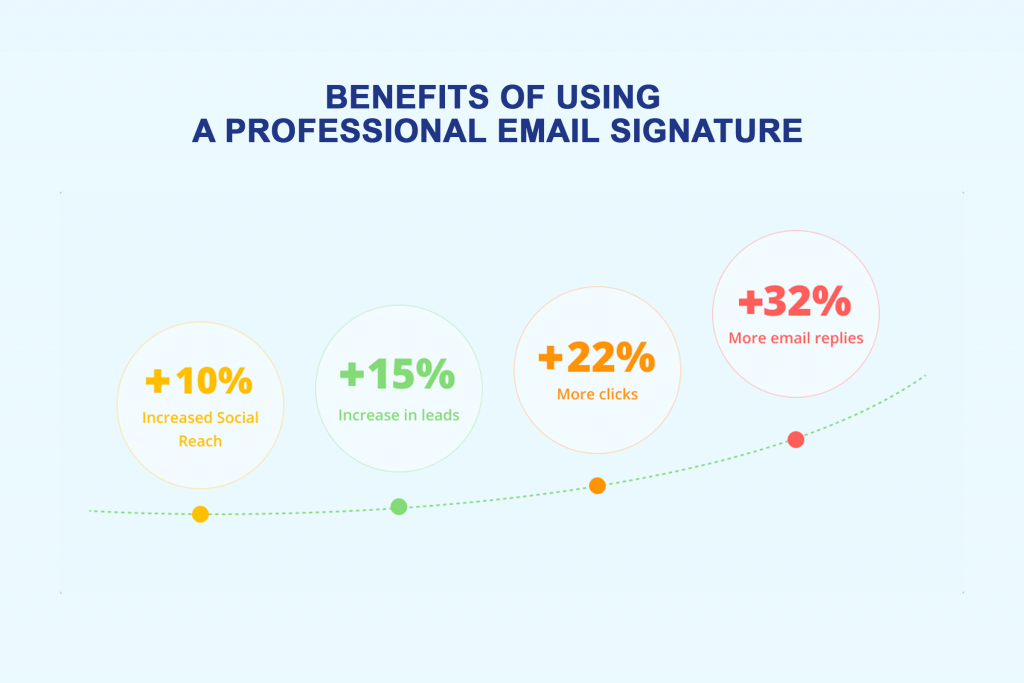Mastering how to send successful cold emails is crucial to running any business. Anyone can send cold emails, but getting people to open the email and take action is the hard part. To succeed in this marketing effort, you will need to learn how to improve your email conversion rate. However, if cold emailing is a new concept to you, you need to know more about what it is, why you should do this and why it is beneficial. Let’s start by defining some key terms.
What is Cold Emailing? A cold email is an email sent to someone you do not know to gain some benefit. Typically cold emails are sent to prospective customers or clients to entice them to learn more about your company and services.
Why Should Businesses and Entrepreneurs Cold Email Prospective Clients or Customers? Cold emails can be an essential part of a marketing plan. These emails will help businesses find new leads and customers, which can translate to more business and profit.
What is a Conversion Rate? An email conversion rate is the percentage of people contacted and who took action based on the email. They can take many actions, including signing up for a newsletter, downloading a product, following you on social media, or becoming a customer or client. The higher your conversion rate, the better.
What is Prospecting?

When you first start your journey of cold email for your business, you will run into many different terms. These terms will need to be understood if you want to be successful at this marketing activity. One of the most common terms you will hear is prospecting. This activity can also be referred to as email prospecting or prospecting emails.
Prospecting is a marketing activity where a business or entrepreneur researches and identifies people (or prospects) right for their cold email marketing project. Cold email marketing is similar to cold calling. However, it is the current marketing trend as people would rather be contacted electronically than by telephone.
Prospecting is essential because it helps you find new contacts, customers, and clients and then build relationships with those interested in your products and services. It creates brand awareness, which will allow your brand to stand out more each time this prospect runs across it in their daily lives. The more awareness your brand has, the more successful it will become.
There are many different ways to find email prospects for marketing purposes. The most common ways to find email addresses are by searching by name on search engines, looking at their social media and Linkedin profiles, or using tools to find email addresses.
Once you have emails to send, remember to think of ways to improve your email conversion rate.
Improve Email Conversion Rate By Sending Personalized Emails

No one likes to feel like a number or a random person listed on a page of potential clients and customers. If you send out emails addressed to sir, madam, or recipient – changes are you will never improve email conversion rate; in fact, your email conversion rate will plummet.
This is why personalizing your emails, even when sending cold emails, is crucial. First impressions are important in all aspects of life, especially in marketing. If you turn off your potential clients with a generic greeting, they will check out and stop reading your message immediately.
What is considered email personalization has changed over time. There was a time when all you needed for a good personalized email was to greet the intended party by their name and maybe title. This is no longer the case. So, what should you include in a personalized email? Here are some ideas to help your conversion rate!
- The Greeting – Include their name.
- Their Company – If you are emailing someone because they represent a specific company, talk about their company in the email.
- How You Know Who They Are – Discuss how you found them and why you choose to reach out.
- Reference Their Internet Habits – reference a blog, article they wrote, or recent social media postings they did.
Although sending out highly personalized emails does take more time, it also produces better results. Studies have shown that 4 – 5% more people open personalized emails than generic ones and customized emails have better click-through rates.
Write Clickable Cold Email Subject Lines

A subject line of a cold email is similar to a headline of an article or a blog post. They must be engaging and detailed enough to draw a reader in, but stop before they look like clickbait. Many marketers need to spend more time on the subject line and understand how this impacts their click-through rates. Understanding how to construct a good subject line is imperative to improve email conversion rates.
A subject line will entice someone to open the email because of what they will get out of it, not what they can do for someone else. There are plenty of Do’s and Don’ts to consider when designing your email subject lines. Here are a few ideas.
- Do Write a Short and Snappy Subject Line.
- Don’t make it too vague.
- Do use personalization.
- Don’t go overboard with personalization in the subject.
- Do use enticing language to get people to open the email.
- Don’t create clickbait.
- Do use power words.
- Don’t use all caps or over-punctuation.
- Do Ask a Question.
- Don’t be invasive.
- Do imply you can help solve a problem.
- Don’t fail to do so in your email.
Why You Should Optimize Your Emails for Mobile Devices

Although many believe that emails, websites, and other media look better on a full-sized personal computer, most people spend their limited time checking their email, going to websites, and watching videos on their mobile devices.
More than half of all email is now opened on a mobile device. Suppose you are not focused on making your emails, even cold emails, to people who have yet to become familiar with you and your brand mobile-friendly. In that case, you could miss significant amounts of business and revenue. As time goes by, the number of people who prefer to use their cell phones and other devices to check their email will only rise. If you still need to make all your content, including email, mobile-friendly, now is the time to do so.
Mobile-friendly emails can improve email conversion rates – so how do you get started? Here are a few ideas to keep in mind:
- Keep the subject line short – mobile devices show fewer preview characters in their emails, so design short subject lines with this in mind.
- Write tight copy. The body of the email should be well-written and concise. Write it like each word matters because it does.
- Place your CTA (call-to-action) near the top of your email. Ensure your potential clients and customers know what you want them to do immediately.
- Utilize white space. White space makes the email easier to read. It can also help your reader know where to click.
- Test on all types of devices. Ensure your email will look good regardless of what the target reads it on. This includes PCs, laptops, 2-in-1s, tablets, and phones.
Call-To-Actions Urge Recipients To Respond

One of the first things people discuss in marketing is a Call-to-Action, also known as the CTA. All marketing has a point, something a business or entrepreneur is trying to lead people to do. This is the CTA. Having a well-defined CTA and a plan to get people to perform the CTA is imperative.
The CTA is king when trying to improve email conversion rates. A CTA can tie together the message of an email with the action you need people to do. So what exactly is a call to action? A CTA is a simple phrase that directs people to do something. There are many different CTA’s, but the most common ones will lead people to form or continue the relationship with the sender. Some examples are signing up for a newsletter, visiting a blog, downloading a free ebook, buying a product, or visiting their social media accounts.
Make no mistake; your CTA is essential. They help continue your relationship, leading to sales down the road. They help promote brand awareness and improve the overall customer experience. A CTA will help with conversions, now or in the future.
CTA’s are short but powerful. Here are a few examples to consider:
- Read More
- Claim Your Coupon
- Save Money
- Buy Now
- Shop Now
- Get a Free Ebook
- Join Our Mailing List
- Check Out Our Instagram
- Watch Now
- Count me In!
- Start Your Free Trial
- Follow Us
- Stay Connected
Email Signatures Improve Email Responses

One of the earliest marketing messages you may have ever learned is that you can not get your name, brand, or product out there too much. With this information, people tend to put email signatures, blog signatures, and information on social media – everywhere. Getting your name out there is essential, so do not forget your email signature. However, it is equally important to do it right.
Garner Trust – One of the biggest things people do wrong with their email signatures is leaving out their photos. People want to know who they are buying from, whether online or in person. If you can not greet someone with steady eye contact and a handshake, you should provide a headshot so people can see who you are. Your photo will also humanize you.
Brand Recognition – If you have a brand logo, use it. If you do not have one yet, make one. Brand recognition is a long process, so the more times you can get eyes on your logo, the better off you will be.
Give People What They Want – Consider what you want to know about other people and businesses, and include this in your signature. This includes name, email address, photo, and your title.
Remember, your ultimate goal is to find new clients, customers, and leads. Often, your signature is the last thing email prospects see, and a good email signature can help improve email conversion rates.
Top 3 Mistakes To Avoid When Sending Out Cold Emails

When sending out a cold email, you have a brief period to make a positive impression, usually seconds to a minute or two. This is why cold emails must be written well. Mistakes can be costly. To improve email conversion rates, you need to learn the most common mistakes and how to avoid them.
Mistake 1 – Emailing people without a Solid Plan. You are running a business, selling a product, or trying to create your brand. Everything you do should be well-thought-out, planned, and calculated. Do not just send out random emails. Make cold emails part of your marketing plan and know the audience, the purpose, and how you will meet your goals.
Mistake 2 – Using a Big Vocabulary. Write in short, simple sentences. Big words are for standardized testing, not marketing. People who do not understand them are offended. People who do, think you are trying to sound more intelligent than you are. Be yourself, but talk to the average person.
Mistake 3 – No Spelling or Grammar Check. Again, we must stress that this is an important campaign, and you should spend the correct amount of time to get it right. Write good copy. Then put it through Word grammar and spelling check. Don’t stop there. Do some of the following:
- Ensure spelling and grammar is correct by putting it through Grammarly.
- Ensure the tone and word choices are for everyone by putting it through Hemingway Editor.
- Check all these robots/AI grammar checkers against what you know by reading it aloud, SLOWLY. Your ears will catch any language that sounds off.
Send a Follow Up Email

Regardless of how well your subject line and body are written, you should always send a follow-up email. In fact, most people would suggest you send at least 2 – 3 follow-up emails, not just one. Do you know what the rule of 7 is? This is a standard rule believed by most marketers, stating that most customers need to have 7 interactions (brand exposure, emails, impressions, or other types of contact) before they make a purchase. This is why follow-up emails are so important!
Only 2% of sales happen from the first contact; this is why continued contact and forming a relationship with each potential customer is so important. So how do you send follow-up emails?
Modify the subject line. Take the original subject line and add “Re:” to the front. So, if your original subject line was “Get Your Free Wedding Checklist Today,” it should now read, “Re: Get Your Free Wedding Checklist Today.”
The Body. Do not just write – just checking in or just following up. Add more substance. For instance, refer to the CTA of the original email and include additional information and benefits to entice the reader.
The more follow-ups (with several days to weeks in between), the more likely you will be able to improve your email conversion rate. Follow the rule of 7 and understand that most people will need a lot of contacts before they are ready to make a purchase or a commitment.
Final Thoughts About Improving Conversion Rate In Email
There are many different ways to improve the email conversion rate in cold email campaigns. It is crucial to understand sending cold emails to prospects is part of a larger marketing plan. You first need to treat this action as a business activity and know that you will need to put time and effort into it to see any success.
Ensure you follow some of the most common best practices for email marketing. These best practices include writing well, being concise, using proper grammar, personalizing your emails, and following up with these potential customers.
Take the time to learn what makes a good email and what makes a bad one. Think about what you are sending and put yourself in the receiver’s shoes. If you saw that subject line in your email, would you open it? Is the copy enough for you to follow a CTA? Is there something in the signature to inspire trust or brand awareness? Would this email interest you or turn you off?
If you have any adverse reactions – how can you improve the email to turn it into a positive response? Think like a customer, be authentic and start your cold email marketing campaign soon!







